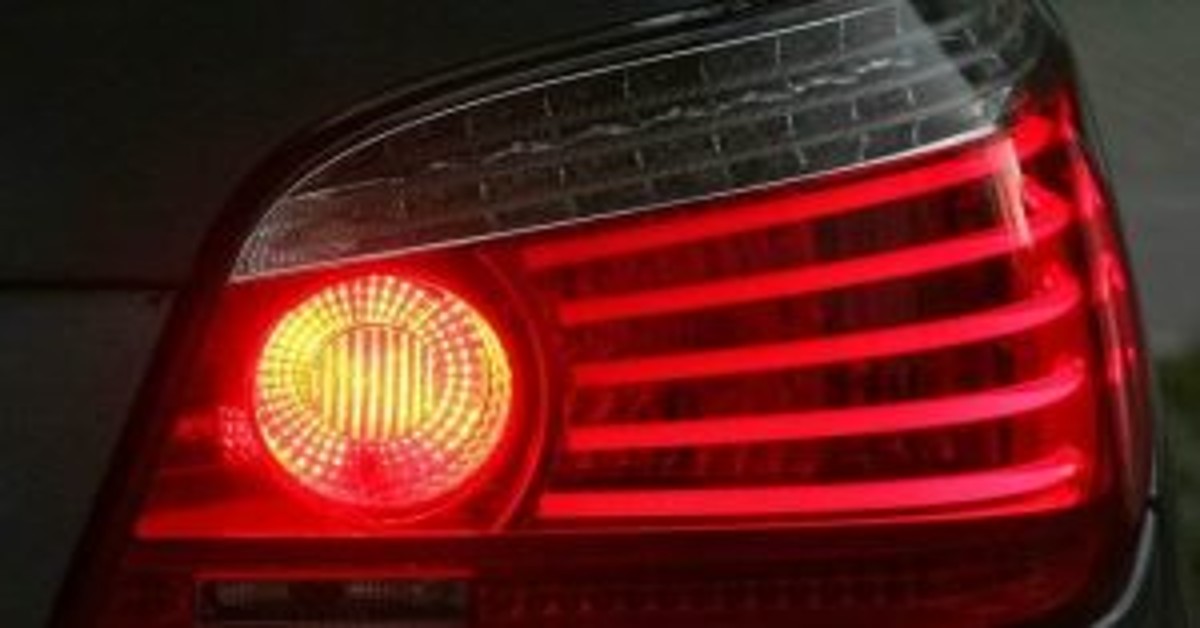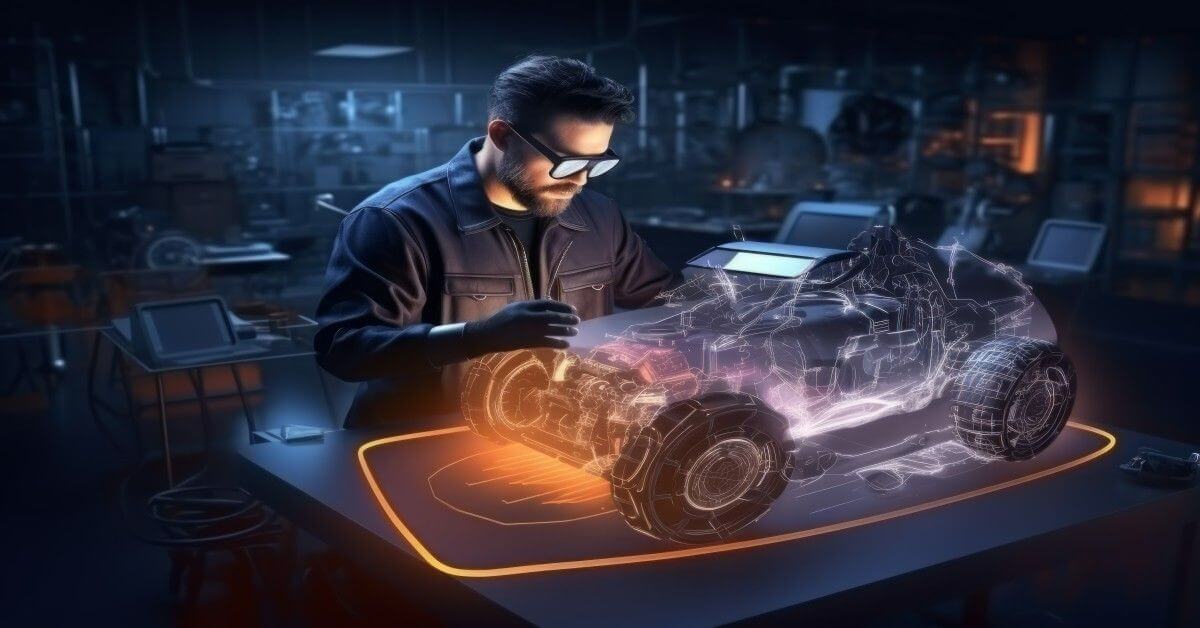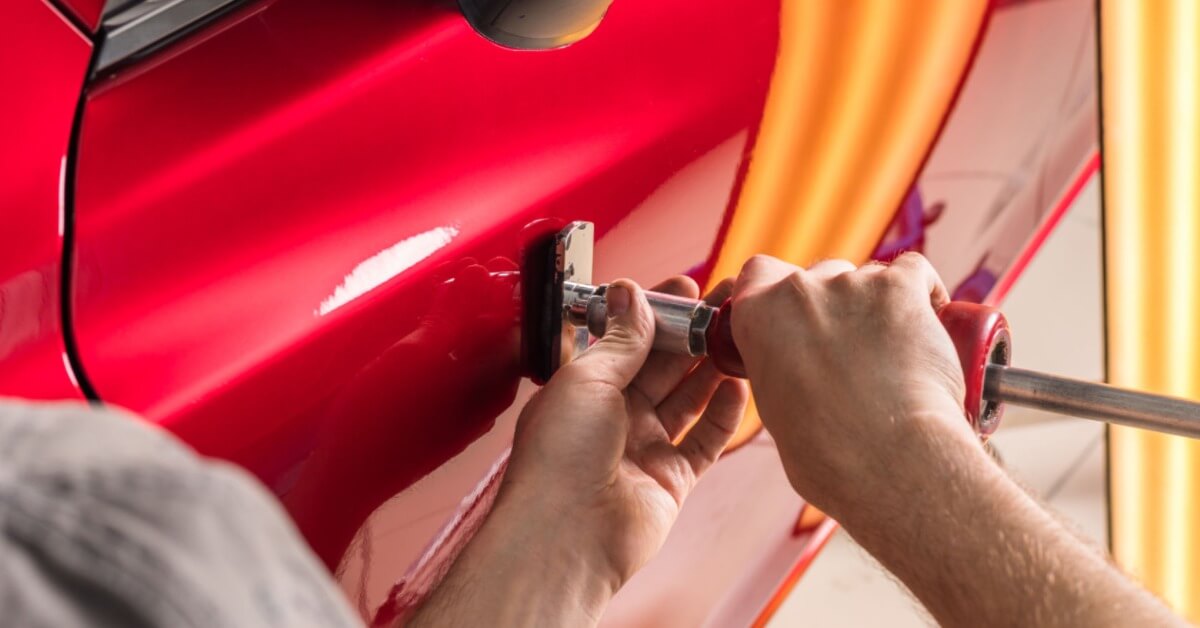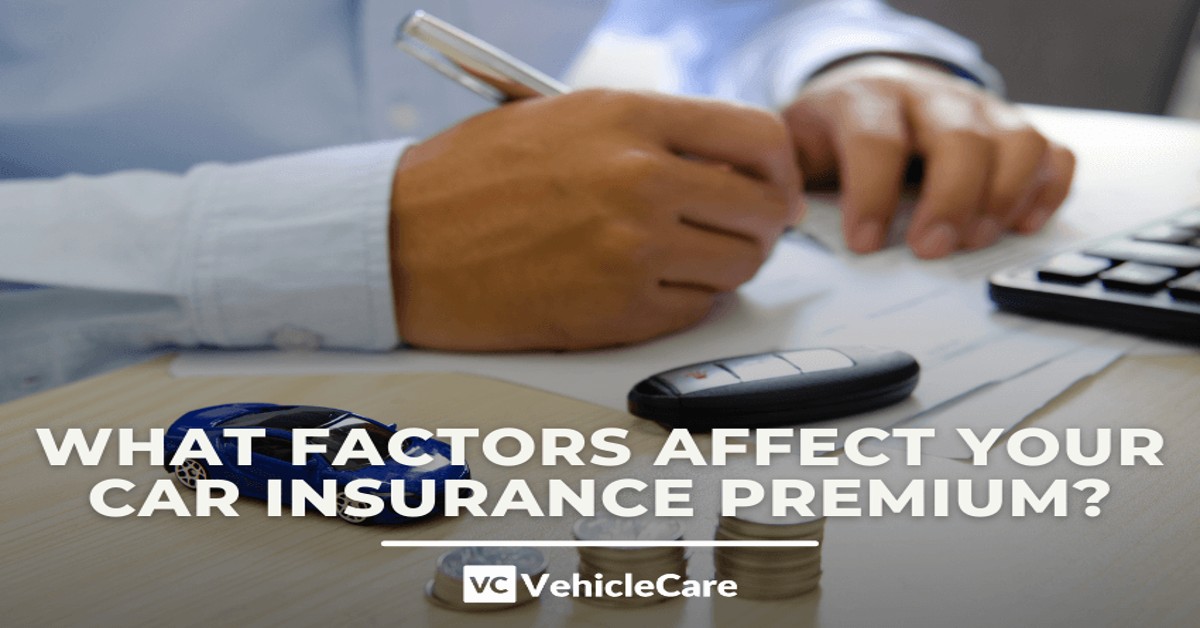Imagine following the lead of someone who cannot give you any directions or maybe doesn’t even speak the same language as you.
Faulty brake lights work much in the same way for the drivers behind. Brake lights are meant to act as a guide for the tailing drivers, helping them position themselves on the road and preventing accidents, especially at night.
When your brake lights are not working but tail lights are, it could indicate a number of issues with your vehicle if the problem isn’t itself with the individual bulb.
This could be a smorgasbord of issues from faulty sensors, broken switches to chapped wires, and even electrical problems on the ground.
Daunting though this task may seem from above, finding the root cause of broken brake lights can be quite easy if you know what you’re looking for.
Since the brake lights and tail lights carry separate circuits for their operation, it’s quite easy to check for faults. Here are the six reasons why your brake lights do not work when taillights do-
- Bad Brake Light Switch
- Badly Installed Brake Light Bulbs
- Broken Sockets or Connectors
- Faulty Light Bulbs
- Faulty Fuse Box
- Electrical Ground
- Damaged/Shorted Wiring
- Bad Ambient Light Sensor
Table of Contents
Bad Brake Light Switch
Hydraulically operated, the brake lights turn over when the brake pressure sensor detects force applied on the pedal. In case the brake sensor is faulty, the relay of information will be inaccurate or completely hampered.
To assess the faulty brake sensor, you need to look closely for any delay in the activation of brake lights as well as lags in turning off as you take the foot off.
Alternatively, the brake sensor may be working fine but the switch might refuse to turn over the brake lights. In such a case you may find your brake lights not working despite the tail lights working fine.
The brake switch is located down the dash, where it connects to the wall, connecting to the pedal mechanism below.
If it is broken or loose, the brake lights will not work even though the taillights will turn on. To confirm if the switch is broken, try plugging the wires into another switch and if the brake lights do not turn up, you would need to get a replacement.
Badly Installed Brake Light Bulbs
If recently, you had to replace the brake bulbs in your car, it might be something to consider while probing for brake light malfunction.
Sometimes, people who do not have a lot of expertise or have to perform the replacement for the first time as a last resort may hold back on attaching the bulb completely, fretting it would damage or break the glass.
While some people might jam the entire thing without breaking a sweat. Though a loosely fit bulb in most cases is what causes the brake lights to flicker and not work, having the bulb damage the socket is also possible.
Broken Sockets or Connectors
Corrosion of the sockets or broken/bent connector pins can also cause the brake lights to stop working, though the sockets or connectors going wrong is not all that common.
If you have a broken brake light glass or the bulbs and sockets, have been exposed to moisture and rust in some other way, it could cause specific bulbs to not function.
Looking for any discoloration in the socket can help determine the fault with the brake lights while checking the connector pins using a multimeter can also provide definitive answers.
Faulty Light Bulbs
Worn-out light bulbs are usually found on older vehicles where they reach the end of their life without any early signs of going out.
Generally, the LED bulbs a car comes fitted with, have a life span of about 42 months though replacing them after the period with HID or halogen bulbs does not give the same service span.
Having an issue with the light bulbs themselves is one of the most common causes of dim brake lights. However juxtaposed with the taillights in working order, this is not the most conclusive reason.
Faulty Fuse Box
Located down the dashboard, the brake lights fuse box sits within the power distribution center which aptly named, distributes, and channels energy through the box to power the electrical components.
Like all fuses, the brake light fuse has the tendency to falter and can even prevent the lights from functioning at all.
If it is indeed a problem with the fuse box, getting a new one will solve the problem right away though you should check for the specific amperage of your car model requires or have it replaced by a professional.
Electrical Ground
Bad grounds are known to cause all sorts of weird problems, so it only makes sense to take a look for a broken strap if your brake lights are not working but tail lights are, as it is quite the peculiar puzzle.
To confirm, check if the electrical ground the brake lights are connected to does not have corrosion, or is not loose and flimsy.
And because the taillights and brake lights do not share the same circuit, confirming the ground as a potential cause is not a task that needs much analysis. Further, correcting the ground connection is also a breeze.
Just disconnect the engine ground, clean the connectors, wires, and the frame, then, bolt back the ground firmly in place. It’s as simple as can be. It is a pretty quick fix that should do the job if the reason for the brake light not working exclusively is bad electrical ground.
Damaged/Shorted Wiring
All the sockets, switches, and sensors need a wired path to convey electricity and with a bevy of cables in the electrical system, it can be quite hard to find a damaged or shorted wire.
If you have checked the above components, potentially causing your brake lights to not work while not affecting your taillights, and found none of them at fault, there’s a good chance that the system operating those components itself is faltering.
The wiring is susceptible to a number of things from blights, insects, and corrosion to short circuits, so if you have tried all,
looking for chaps in wires can be helpful although doing so for a regular person can be quite daunting if not just impossible. Having the wiring checked out by a mechanic is a better idea rather than going through it yourself.
How To Check If Brake Lights Are Working Properly
Checking for faulty brake lights can be quite tricky as they are located at the back of the vehicle and can be only engaged when brakes are applied,
though this should not deter you from inspecting one of the most crucial safety mechanisms of your vehicle. With our simple tactic, you will be able to perform the brake light check with ease.
It is one of the easier ways to check if both your brake lights are operating correctly and you can do this at night, not throwing away any time from your busy day.
While returning home park up close to a wall and press the brake pedal.
To keep the pressure applied on the brake, use any flat and heavy object you can find, It could be anything from a small cinderblock to a heavy book.
With the brakes active you can step out to take a look at the rear end.
Check if both the brake lights are active by looking at the lighting impression on the wall, so you don’t have to go around for the other one.
Do Brake Lights Get Brighter As You Press Harder?
No, there is no brightness modulator in a vehicle, the brake lights are either on, off, or dim, which should be the thing you need to look at.
If your car’s brake lights aren’t illuminating as bright as they used to, it could be either due to faulty bulbs or an early indication of a dying car battery.
What is the third brake light?
Colloquially known as the center brake light, the center high-mounted stop lamp present in many vehicles is a relatively new addition.
The two conventional brake lights on either side are meant to help drivers coming up close behind understand the position of your car with respect to them, So you might be wondering, what the third light on the rear is for, is it even necessary.
The center tail lamp unlike the normal brake lights serves a more thorough purpose. They help the drivers tailing far behind who might have both the right and left brake lights of their car blocked comprehend your position on the busy road.
This add-on in your lighting system is directly connected to the normal brake lights and shares the same circuit and ground. So all of the above ways you might use to check brake lights when they don’t function while the tail lights do are still applicable.
Brake Light Replacement Cost
The cost of a new brake light can be anywhere from 2500-4000 ( 30-50 USD ) depending on the type of bulb you choose while the cost of labor is a nominal 300 rupees or 5 USD. Note- It is recommended to go for the brake light specified by your car manufacturer.
Can One Drive Without Brake Lights
Aside from the fact, that you’ll be pulled over as soon as the vehicle reveals its faulty or broken brake light, voluntarily not replacing a broken one can by no means be a wise decision.
The brake lights are an extension of your vehicle’s primary safety mechanism, the brakes. It complements the brakes by helping the drivers behind slow down as and when you hit the pedals to stop urgently.
If in the event, you are without a functioning pair of brake lights, you can not find yourself at the increased risk of rear-end collisions but have all the blame turned on you for the damage when it occurs.
By law, a person is required to have two working brake lights on his/her vehicle, and failing to abide by this law can end you a hefty fine.
Conclusion
Having the brake lights not working can be a nightmare where an easily avoidable bump can turn into a quarrel of who has done it drivers. To avoid such a predicament,
Check your brake lights at least once a month and if you find any issues, you now are well aware of what you need to look for.
For any queries or questions regarding brake lights or any other thing, cars, do not hesitate to reach out to us or comment your feedback below, we will be more than happy to hear from you.












